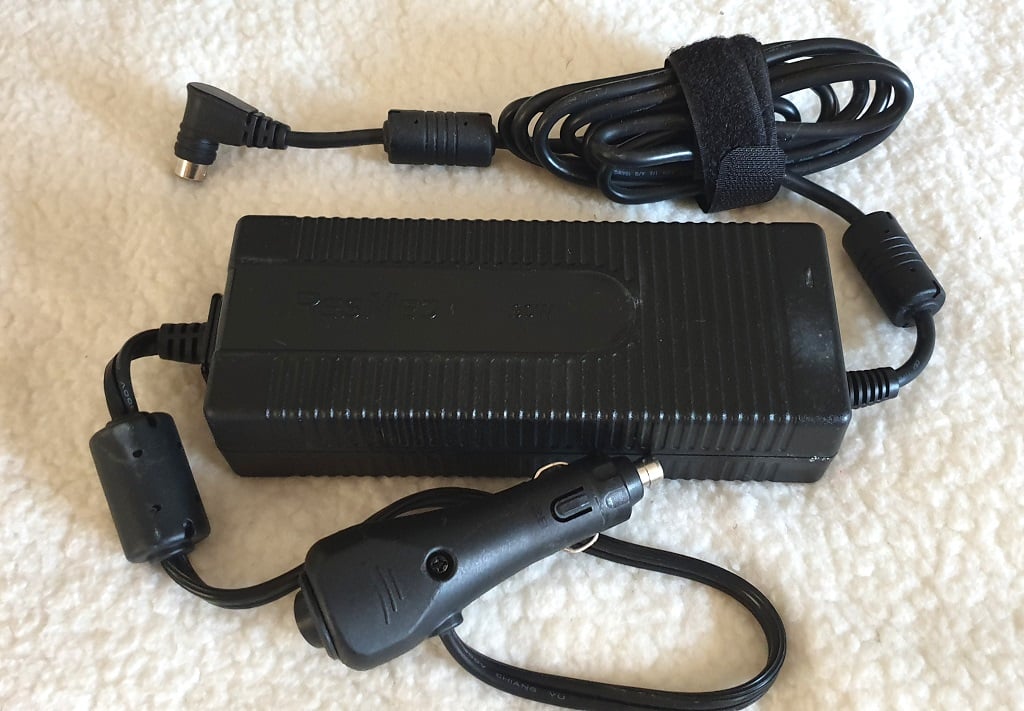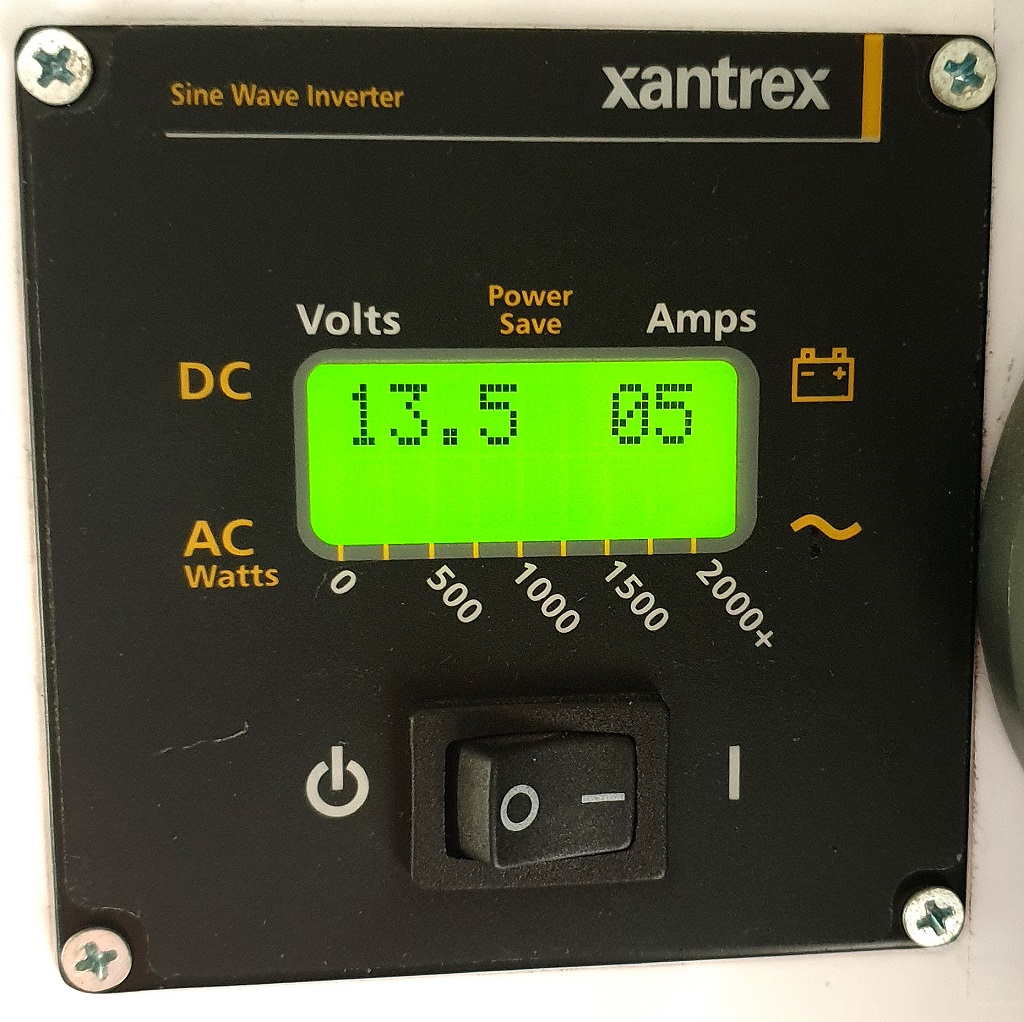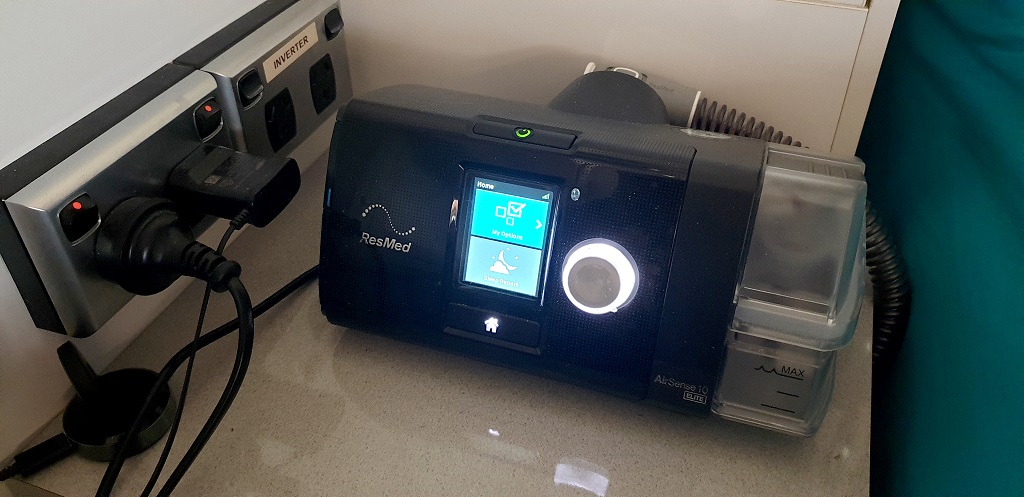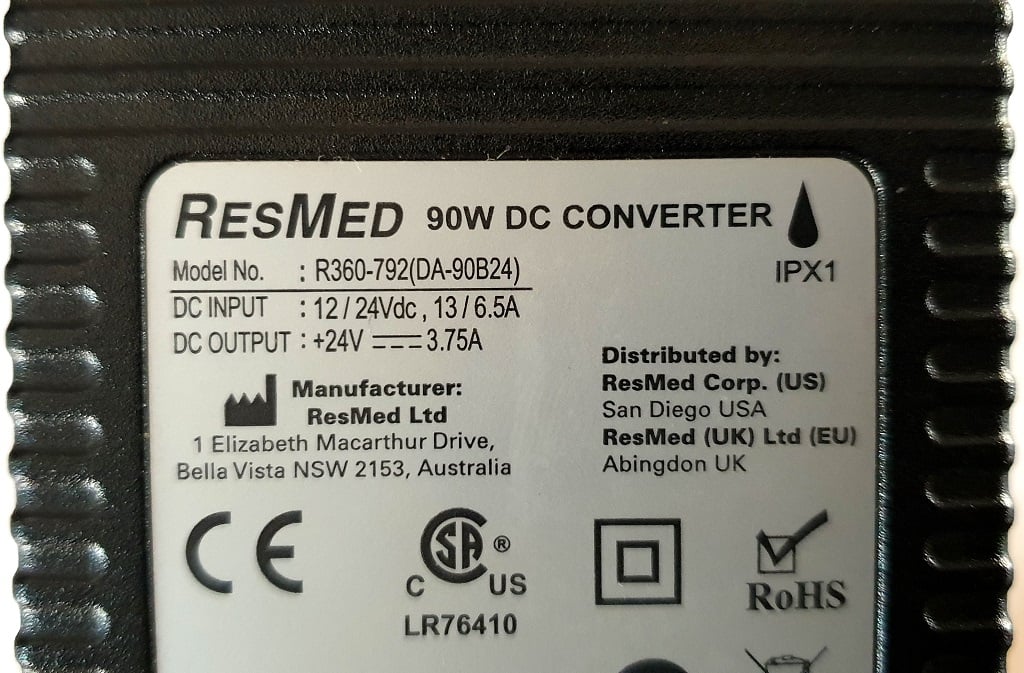CPAP machines and camping: here’s what you need to think about




Okay, you’ve been diagnosed with sleep apnoea, and you’ve been told you have to get a CPAP machine. You may be wondering what to do next. Don’t worry, you can still go caravanning and camping just like before. You just need to consider some additional things when getting your CPAP machine. But first, let’s go back to basics with a quick explanation of what sleep apnoea and a CPAP machine is.
Sleep apnoea is a sleep disorder characterised by pauses in breathing or instances of shallow or infrequent breathing during sleep. Each pause in breathing, called an apnoea, can last for several seconds to several minutes. These may occur, by definition, at least five times in an hour.
Continuous Positive Airway Pressure (CPAP) machine is a form of ventilator that applies mild air pressure on a continuous basis to keep the airways open in a patient who is unable to breathe spontaneously on his or her own. It consists of a small pump which may have a humidifier incorporated into it or as a separate attachment, an air hose and a delivery mask of some type, usually either a full-face mask, nasal pillow mask, or micro nasal mask or tubes. Some CPAP machines are more suited to camping and caravanning than others.

When choosing a CPAP machine that is suitable for caravanning and camping, there are a few things you need to know about and consider before buying, the most important being the power requirements.
Most CPAP machines on the market are not designed for camping with the majority operating on 240V mains power. This means you need an inverter to run them when mains power is not an option. However, there are a few CPAP machines that run on 12-Volt and even a few portable machines that are battery-operated. These are ideal for mobile use and are suitable for when power is restricted or non-existent, like when you’re camping off-grid.
12-volt compatible CPAP machines for camping and caravanning are usually supplied with an automotive 12-volt cigarette lighter plug. It’s important to note that most CPAP machines operate at around 24 volts, meaning the 12-volt power supply is actually a DC-DC converter. These raise the supply voltage and will draw higher amps than a straight 12-volt system.
As with any other 240-volt appliance, CPAP machines can be powered by a 240-volt inverter when camping and caravanning. CPAP machines are very sensitive pieces of equipment that contain sophisticated electronics. Therefore, if they don’t have a 12-volt option, they must be powered using a pure sinewave inverter when mains power is unavailable.
When running from an inverter, check the specifications of the unit. If it draws two amps at 240 volts, the corresponding drain on your batteries will be approximately three times that amount or six amp-hours per hour.

CPAP machines don’t use a lot of power in normal operation, but if you use the heater and humidifier, their power requirements increase substantially. Here’s a quick explanation of the heater and humidifier modes.
Most modern CPAP machines have various modes, normal, heated air and humidified air. Normal is when air is pumped at ambient temperature and humidity. Heated is when the air entering the patient is heated to a set temperature, and humidifier mode is when either a small tank of water is used to increase humidity or extra moisture is drawn from the ambient air. Humidifier mode is used by some people because the pumped and heated air dries out their nasal passages.
If you want to use your CPAP machine while free camping, you’re going to need to know how much power it uses. All models are different, but you can expect up to 5-amp hours per hour in full heater and humidifier mode. That will drain 40-amp hours from your batteries if you sleep for eight hours. If you use your RV’s lights, pumps, TV, fridge or other 12V appliances, you’re going to flatten a modest battery system in no time.
Ensure the CPAP machine has the option to disable the heater and humidifier functions. This will allow you to run the unit consuming the least amount of power.

The vast majority of new CPAP machines are almost completely silent when operating, however, the smaller the unit, the noisier the pump will be. As a guide, 50db is the equivalent noise level inside a quiet restaurant. Normal office chatter is about 60db. The interior noise of a car is about 80db. Always check the specifications of the CPAP machine to see if the noise level will be an issue for you or your partner when camping or caravanning.
Ensure the CPAP machine is covered for your intended use, especially if you want to power it from an inverter. Some manufacturers will not warranty their units if a fault occurs when operating from an inverter.
There is precious little space to place a CPAP machine around the beds in our caravans and motorhomes. It’s either going to have to sit on the bedside table or in the cavity under the wardrobe if your RV has one. Make sure you check the dimensions of any unit before you buy it to ensure it will fit in the space you intend for it.

CPAP machines do not last forever, and it is important to know the expected lifespan of your unit. Most have a five-year lifespan before the motor operating the pump will either require replacing or servicing. When the motor of your CPAP machine approaches the end of its life, it will need to work harder in order to maintain the set air pressure level, increasing power consumption when camping.
Like most electrical and mechanical devices, CPAP machines require a degree of regular maintenance in order to perform to specification. Considering they are a medical device, it is vital you do not neglect their maintenance.
Wipe down the CPAP machine with a damp cloth to remove surface dust. You may need to remove calcium build-up from the humidifier water tank. Vinegar and a little bicarb soda make an excellent cleaner for this purpose. If you’re using a mask, wash the straps regularly and disinfect the surface of the mask with an alcohol wipe.
Most CPAP machines have at least two filters. One will be for air coming into the unit. The other will be in the mask. There may be others. Check the manual to identify what filters need regular replacing. Always keep a few spare filters for your CPAP machine with you, as you may find you’ll go through more of them if you’re camping in dusty conditions.
The last thing you want is for the motor in your CPAP machine to fail in the middle of the night. Trust me, I’ve had this happen, and it’s no fun for you or your partner. Take your CPAP machine to a dealer regularly and have them pressure test it to ensure it is in top condition.

Being diagnosed with sleep apnoea is certainly on the lower end of the severity scale of medical issues you may have to endure in your life. Once you get used to using a CPAP machine, you’ll wonder how you ever survived without one. Yes, they are a bit clumsy, and they need a bit of power to operate, but once you’ve got all that sorted out and you settle into a routine, they don’t negatively impact your caravanning and camping experience. The technology is improving all the time, and CPAP machines available today are far more suited to a mobile lifestyle to those of just a few years ago.
If you’re about to purchase a CPAP machine, talk to your sleep therapist about what options they recommend that will suit you and your needs, especially if you intend to use one while caravanning.
